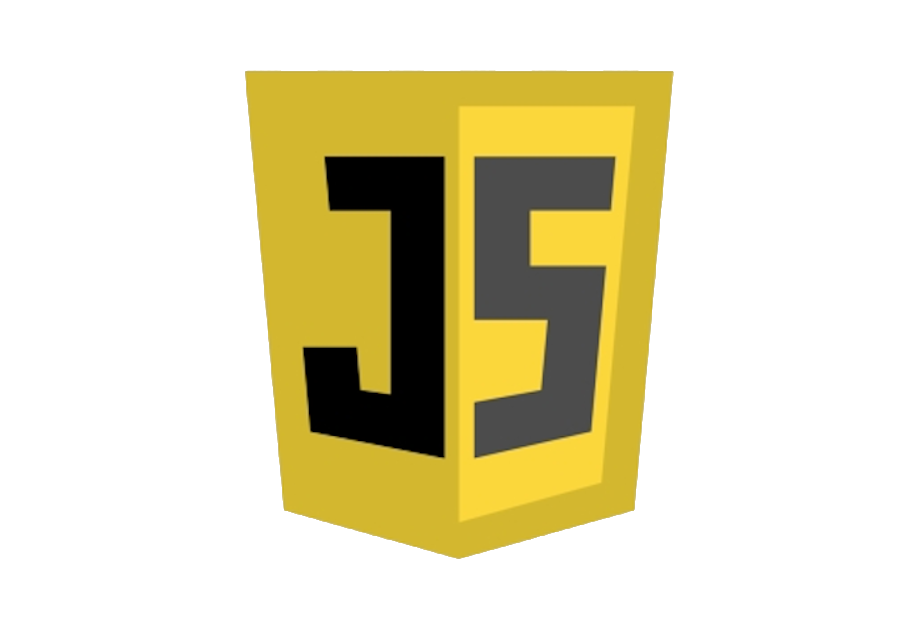The Evolution of JavaScript
JavaScript is a programming language that was created in the mid-1990s to make websites more interactive and dynamic. It allows developers to add functionality to web pages and create things like pop-up messages, form validation, and interactive elements.
Initially, different web browsers had their own versions of JavaScript, which caused compatibility issues. However, the language eventually became standardized under the name ECMAScript. Different versions of ECMAScript introduced new features and improvements to make JavaScript more versatile and easier to use.
JavaScript started with basic features but evolved over time, adding new capabilities and becoming more powerful.
Birth of JavaScript:
In 1995, Netscape, a prominent web browser at the time, wanted to add a scripting language to enhance the interactivity of web pages. Brendan Eich, a Netscape employee, was tasked with creating such a language.
He developed a prototype in just ten days, initially naming it "Mocha" and later renaming it to "LiveScript" before finally settling on "JavaScript" for marketing purposes, capitalizing on the popularity of Java.
Introduction and Standardization:
In 1996, Netscape submitted JavaScript to the European Computer Manufacturers Association (ECMA) International, a standards organization. This led to the standardization of JavaScript under the name "ECMAScript." ECMAScript 1 was released in 1997 as the first official version of the language.
Browser Wars and JavaScript Proliferation:
During the late 1990s, the browser wars between Netscape Navigator and Microsoft Internet Explorer led to rapid development and proliferation of JavaScript. Browser vendors implemented their own versions of JavaScript, resulting in compatibility issues.
However, JavaScript continued to gain popularity as web developers recognized its potential for enhancing user experience.



Comments
Post a Comment